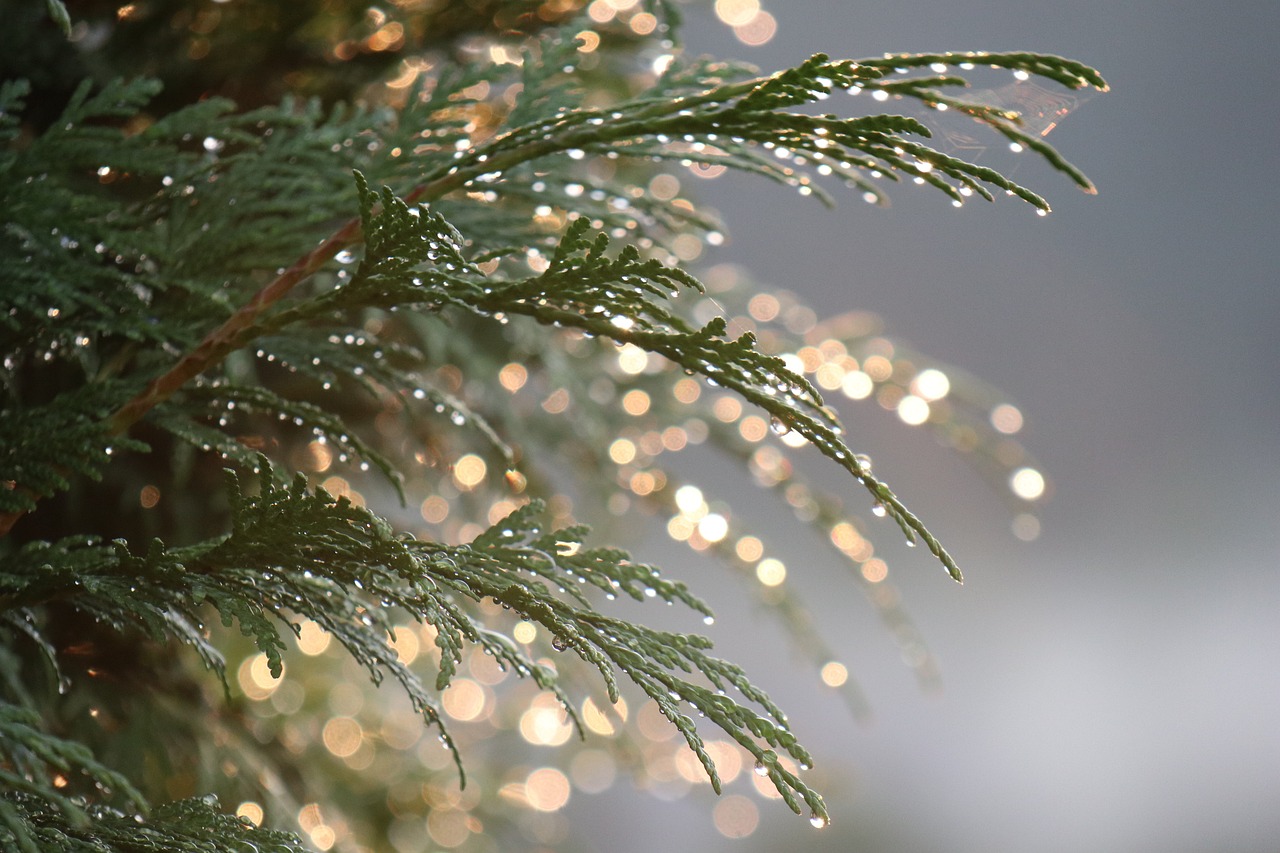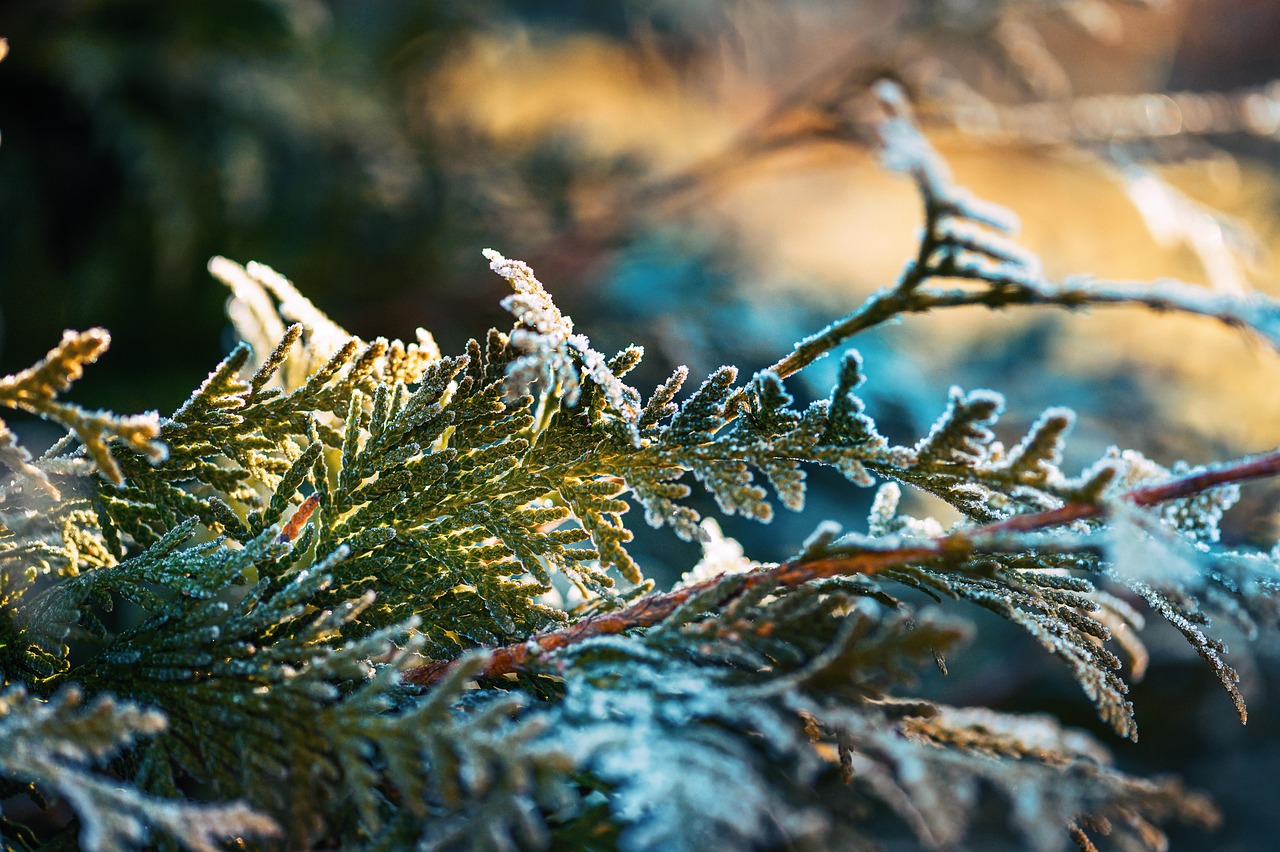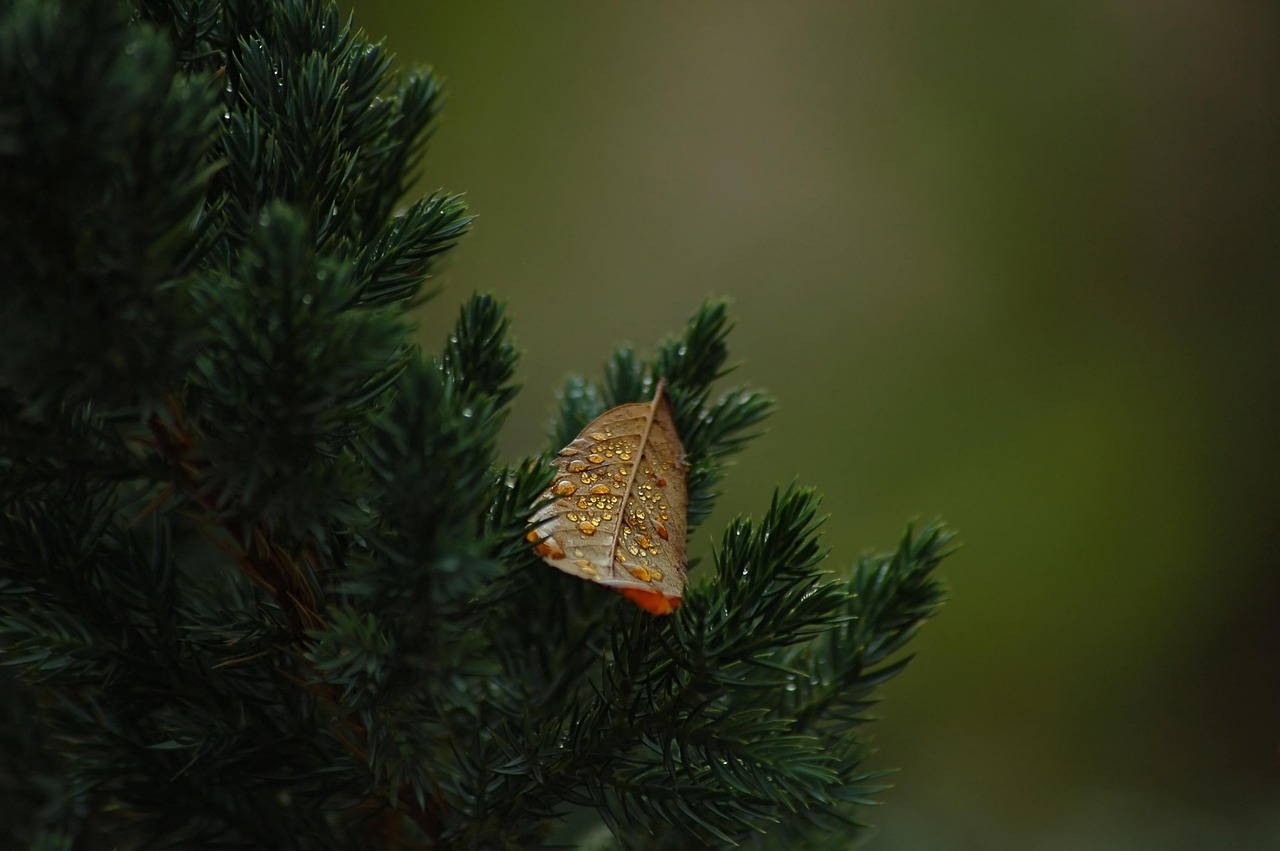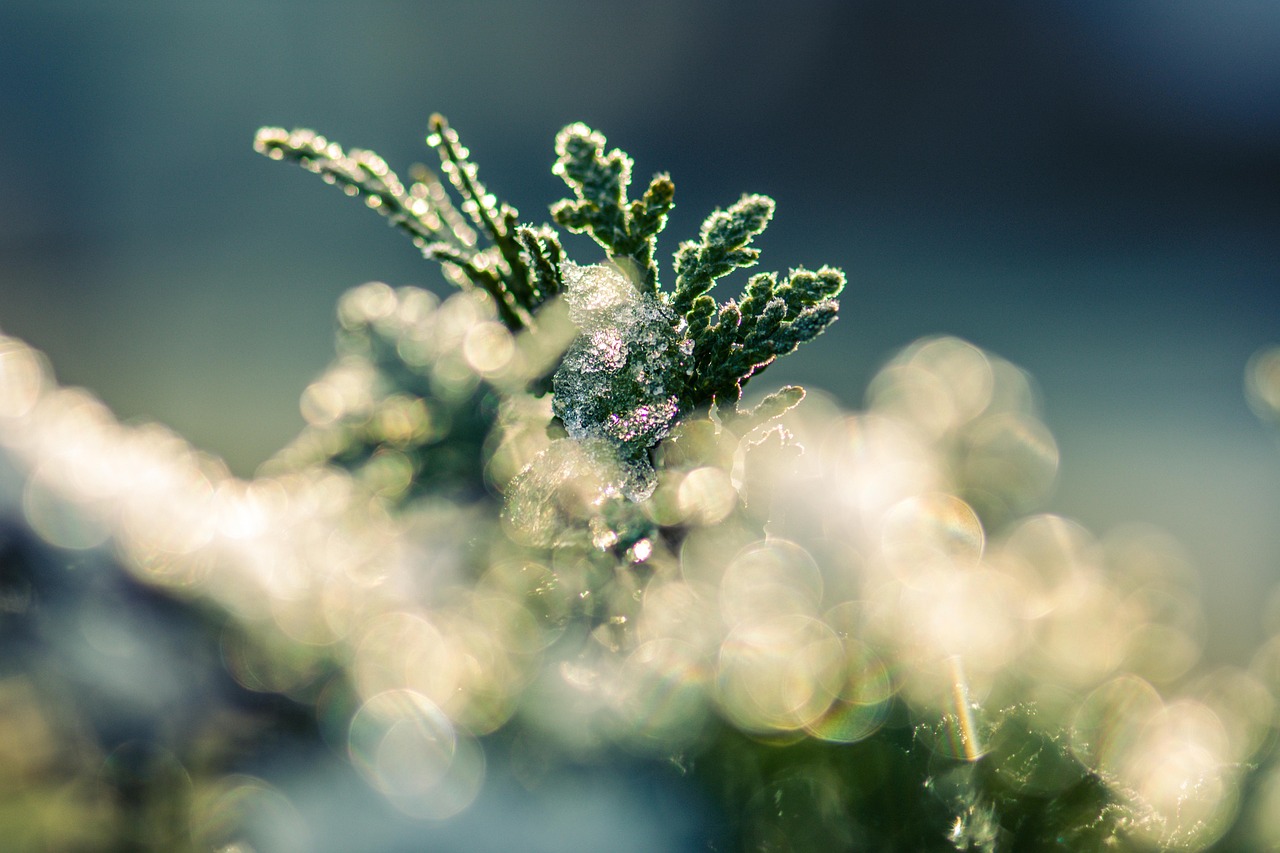The Junior Giant Thuja tree is known for its impressive growth rate, typically reaching heights of 10 to 15 feet within 5 to 10 years. This rapid growth makes it an excellent choice for creating dense screens and privacy hedges in residential and commercial landscapes.
The Junior Giant Thuja, also known as Thuja plicata ‘Junior Giant’, is a popular evergreen conifer recognized for its dense foliage and fast growth. This tree is particularly favored for its ability to provide effective screening and privacy due to its thick, lush branches. Gardeners and landscapers appreciate the Junior Giant for its low maintenance needs and adaptability to various soil types.

Understanding the growth rate of the Junior Giant Thuja is crucial for anyone looking to establish a dense screen or hedge. The tree grows at a moderate to fast pace, allowing it to fill in spaces quickly. Factors such as soil quality, water availability, and climate can influence its growth rate significantly.
Growth Characteristics of Junior Giant Thuja
The Junior Giant Thuja typically exhibits a pyramidal shape, contributing to its aesthetic appeal. Its growth characteristics include:
- Height: Reaches up to 10-15 feet within 5-10 years.
- Width: Can grow up to 3-4 feet wide.
- Growth Rate: Generally grows 1-2 feet per year under optimal conditions.
- Foliage: Dense, dark green foliage that retains color year-round.
This tree is not only appreciated for its growth rate but also for its resilience. It tolerates a variety of environmental conditions, making it suitable for many regions. The Junior Giant Thuja thrives in USDA hardiness zones 5 through 8. This adaptability allows it to be planted in diverse landscapes, from urban settings to rural gardens.

| Characteristic | Details |
|---|---|
| Common Name | Junior Giant Thuja |
| Scientific Name | Thuja plicata ‘Junior Giant’ |
| Average Height | 10-15 feet |
| Average Width | 3-4 feet |
| Growth Rate | 1-2 feet per year |
| Hardiness Zones | 5-8 |
The rapid growth of the Junior Giant Thuja makes it ideal for privacy screens. When planted in rows, these trees can create a visually appealing barrier that blocks noise and wind while enhancing the landscape’s beauty. Their dense foliage acts as an effective noise buffer, making them suitable for properties near busy roads or noisy neighborhoods.
When planning to plant Junior Giant Thujas, consider spacing them appropriately. A distance of 3 to 4 feet apart allows for adequate airflow while ensuring that the trees will fill in quickly to form a dense screen. Proper placement is essential not only for aesthetics but also for the health of the trees.
Regular maintenance will help ensure that your Junior Giant Thuja trees thrive. While they are relatively low-maintenance, occasional pruning can help maintain their shape and encourage denser growth. Fertilization in early spring can also promote healthy growth and vibrant foliage.

In conclusion, the Junior Giant Thuja tree is an excellent choice for anyone seeking a fast-growing, dense screen. Its rapid growth rate, combined with its adaptability and low maintenance requirements, makes it a favorite among homeowners and landscapers alike. As you consider planting this remarkable tree, keep in mind its growth potential and care needs to ensure a flourishing landscape feature.
Environmental Factors Affecting Growth
The growth rate of the Junior Giant Thuja is influenced by several environmental factors. Understanding these elements can help optimize the conditions for the tree’s growth and ensure a healthy screen. Key factors include soil type, sunlight exposure, water availability, and climate conditions.
Soil Type and Quality
Junior Giant Thujas thrive in well-drained, loamy soils that are rich in organic matter. Soil pH should ideally be between 6.0 and 8.0. Here are some tips for ensuring optimal soil conditions:
- Conduct a soil test to determine pH and nutrient levels.
- Add compost or well-rotted manure to improve soil fertility.
- Ensure proper drainage to prevent root rot; avoid heavy clay soils.
Sunlight Requirements
These trees prefer full sun but can tolerate partial shade. However, adequate sunlight is essential for promoting vigorous growth and maintaining the health of the foliage. A minimum of 6 hours of direct sunlight each day is recommended. If planted in shaded areas, growth may slow down significantly.

Watering Needs
Junior Giant Thujas require regular watering, especially during their first few years of growth. Once established, they are moderately drought-tolerant but perform best with consistent moisture. Here are some watering guidelines:
- Water deeply once or twice a week during dry spells.
- Avoid overwatering, which can lead to root rot.
- Mulch around the base to retain soil moisture and suppress weeds.
Common Pests and Diseases
While Junior Giant Thuja trees are generally resilient, they can be susceptible to certain pests and diseases. Regular monitoring and proactive management can help mitigate these issues.
Pests
Some common pests that may affect Junior Giant Thujas include:
- Spider Mites: Tiny pests that can cause yellowing of foliage and webbing. Regular spraying with water can help deter them.
- Bagworms: Caterpillars that create bags on branches. Hand-picking or insecticidal soap can be effective treatments.
- Aphids: These small insects suck sap from the leaves. An insecticidal spray may be required for heavy infestations.
Diseases
Disease issues can also arise, primarily related to improper care or environmental stress. Some diseases to watch for include:
- Root Rot: Often caused by overwatering or poor drainage. Ensure proper soil conditions to prevent this disease.
- Canker Diseases: Fungal infections that can cause dieback in branches. Pruning affected areas immediately helps control the spread.
Planting Techniques for Optimal Growth
Proper planting techniques play a significant role in the successful establishment of Junior Giant Thuja trees. Following these guidelines will enhance their growth potential and ensure a robust screen.
When to Plant
The best time to plant Junior Giant Thuja is during the spring or fall when temperatures are moderate. This allows the tree to establish roots before facing extreme heat or cold.
How to Plant
- Select a location with full sun and well-drained soil.
- Dig a hole twice as wide as the root ball and slightly deeper than its height.
- Mix some compost or organic matter into the excavated soil.
- Place the tree in the hole, ensuring that the top of the root ball is level with the ground surface.
- Fill in around the roots with soil, gently tamping it down to remove air pockets.
- Water thoroughly after planting to settle the soil and hydrate the roots.
Fertilization Practices
Regular fertilization can significantly boost the growth rate of Junior Giant Thuja trees. It’s important to use the right type of fertilizer and apply it at appropriate times throughout the year.
Recommended Fertilizers
A slow-release, balanced fertilizer with equal parts nitrogen, phosphorus, and potassium (like a 10-10-10 formulation) works well for these trees. Organic options include:
- Compost: Provides essential nutrients and improves soil structure.
- Bone Meal: A good source of phosphorus for root development.
- Fish Emulsion: Offers a quick nutrient boost during the growing season.
Fertilization Schedule
The ideal schedule for fertilizing Junior Giant Thuja trees includes:
- Early Spring: Apply a slow-release fertilizer as new growth begins.
- Mid-Summer: A light application can boost growth during peak growing season.
Pruning Techniques for Junior Giant Thuja
Pruning is an essential practice to maintain the health and appearance of Junior Giant Thuja trees. Proper pruning encourages denser growth, helps control size, and removes dead or diseased branches. Understanding the right techniques and timing for pruning will ensure that your trees thrive.
When to Prune
The best time to prune Junior Giant Thuja is in late winter or early spring, just before new growth begins. This timing helps minimize stress on the tree and allows it to recover quickly. Avoid heavy pruning in the fall, as this can leave the tree vulnerable to winter damage.
How to Prune
Follow these steps for effective pruning:
- Inspect the tree for dead, damaged, or diseased branches.
- Use clean, sharp tools to make clean cuts, reducing the risk of infection.
- Remove branches that overlap or crowd the center of the tree to promote airflow.
- Trim back the tips of branches to encourage bushier growth.
- Avoid cutting into old wood, as this can hinder new growth.
Benefits of Pruning
Regular pruning provides several benefits:
- Health: Removing dead or diseased wood improves overall tree health.
- Shape: Pruning helps maintain an attractive shape and encourages denser foliage.
- Size Control: Regular trimming can help control the height and width of the trees.
Winter Care for Junior Giant Thuja
Winter can pose challenges for Junior Giant Thuja trees, especially in regions with harsh conditions. Taking proactive measures helps protect the trees from cold temperatures and prevent damage.
Mulching
Applying mulch around the base of the tree is beneficial for winter care. Mulch helps retain soil moisture and insulates the roots against freezing temperatures. Follow these guidelines for effective mulching:
- Use organic materials like wood chips or shredded bark.
- Apply a layer of mulch 2-4 inches thick around the base of the tree.
- Avoid piling mulch directly against the trunk to prevent rot.
Watering Before Winter
Proper watering before winter is crucial for ensuring that Junior Giant Thuja trees enter dormancy healthy. Here are some important points:
- Water deeply before the ground freezes, ensuring that the root zone is hydrated.
- Avoid waterlogging; ensure proper drainage around the tree.
Protection from Snow and Ice
Heavy snow and ice accumulation can damage branches. To prevent this:
- Shake off excess snow from branches gently during winter storms.
- Consider wrapping lower branches with burlap if heavy snowfall is expected.
Landscape Design with Junior Giant Thuja
Incorporating Junior Giant Thuja into landscape design can enhance both aesthetics and functionality. These trees can serve multiple purposes, from privacy screens to windbreaks, while also providing year-round greenery.
Using as Privacy Hedges
The dense growth habit of Junior Giant Thuja makes it ideal for use as a privacy hedge. When planted in rows, they create an effective barrier against noise and visibility. Consider these tips for using them as hedges:
- Plant at a distance of 3-4 feet apart for quick coverage.
- Maintain a consistent height by regularly pruning to your desired level.
Windbreaks and Noise Barriers
Junior Giant Thuja can also be utilized as windbreaks in exposed areas. Their dense foliage reduces wind speed and protects other plants in your garden. Additionally, they can act as noise barriers in busy environments.
Aesthetic Features
The rich green color of Junior Giant Thuja adds visual interest to landscapes throughout the year. Here are ways to enhance aesthetic appeal:
- Combine with flowering shrubs or perennials for seasonal color contrast.
- Use as backdrops for gardens or outdoor living spaces to create depth.
Choosing the Right Location for Planting
Selecting an appropriate location is crucial for ensuring healthy growth of Junior Giant Thuja trees. Consider factors such as sunlight, space, and proximity to other plants when choosing a planting site.
Sunlight Exposure
As mentioned previously, Junior Giant Thuja prefers full sun. Ensure that the chosen site receives at least six hours of direct sunlight daily to promote vigorous growth.
Space Considerations
Allow enough space for the trees to grow without overcrowding. This not only supports healthy growth but also prevents competition for nutrients and water among neighboring plants. Remember that these trees can reach widths of up to 4 feet.
Proximity to Structures
Avoid planting too close to buildings or structures. A distance of at least 5-10 feet is recommended to prevent potential damage from roots or branches. This also allows for proper airflow around the tree, reducing disease risks.
Maintenance Tips for Healthy Growth
To ensure that Junior Giant Thuja trees thrive, consistent maintenance practices are essential. This includes not only proper watering and fertilization but also regular inspections for pests and diseases. Here are some additional maintenance tips:
Regular Inspections
Inspecting your Junior Giant Thuja regularly allows for early detection of any potential issues. Look for the following:
- Discoloration of foliage, which may indicate nutrient deficiencies or pests.
- Signs of wilting or drooping branches, suggesting water stress.
- Presence of pests or signs of disease, such as unusual spots or webbing.
Seasonal Care
Adjusting care practices based on the seasons can enhance growth and health:
- Spring: Fertilize and prune to encourage new growth.
- Summer: Monitor for pests and provide adequate water during dry spells.
- Fall: Prepare for winter by watering deeply and applying mulch.
- Winter: Protect the trees from heavy snow and ice accumulation.
Companion Planting Ideas
Incorporating Junior Giant Thuja into a garden can be enhanced through companion planting. This practice involves selecting plants that benefit each other when grown together. Here are some suitable companions:
- Evergreen Shrubs: Plants like Boxwood or Juniper can complement the look of Junior Giant Thuja while providing additional screening.
- Flowering Perennials: Consider planting flowering varieties like Daylilies or Black-eyed Susans nearby for seasonal color contrast.
- Ground Covers: Low-growing ground covers such as Creeping Thyme can help suppress weeds and maintain soil moisture.
Caring for Junior Giant Thuja in Different Climates
While Junior Giant Thuja trees are adaptable, specific care requirements may vary based on climate. Understanding these differences helps in maintaining optimal growth regardless of location.
Cooler Climates
In cooler climates, it’s crucial to protect the trees from extreme cold. Recommended practices include:
- Applying mulch to insulate roots during winter.
- Providing windbreaks if planted in exposed areas.
Warmer Climates
In warmer climates, ensure that trees receive sufficient water. Here are some tips:
- Monitor soil moisture regularly to prevent drought stress.
- Consider using a drip irrigation system to provide consistent moisture during hot months.
Final Thoughts
The Junior Giant Thuja tree is a remarkable choice for anyone seeking a fast-growing, dense screen for privacy and aesthetics in their landscape. Its adaptability to various environmental conditions and low maintenance requirements make it an ideal selection for homeowners and landscapers alike.
By understanding the growth characteristics, planting techniques, and maintenance practices outlined in this article, you can ensure that your Junior Giant Thuja trees flourish. Whether you are creating a beautiful hedge, a windbreak, or simply enhancing your garden’s visual appeal, these trees provide year-round benefits. With careful consideration of their needs and proper care, your Junior Giant Thujas will serve as a stunning feature in your landscape for many years to come.
Ultimately, investing time and effort into growing Junior Giant Thuja trees will reward you with a lush, green environment that offers both privacy and beauty, enhancing the overall value and enjoyment of your outdoor space.
